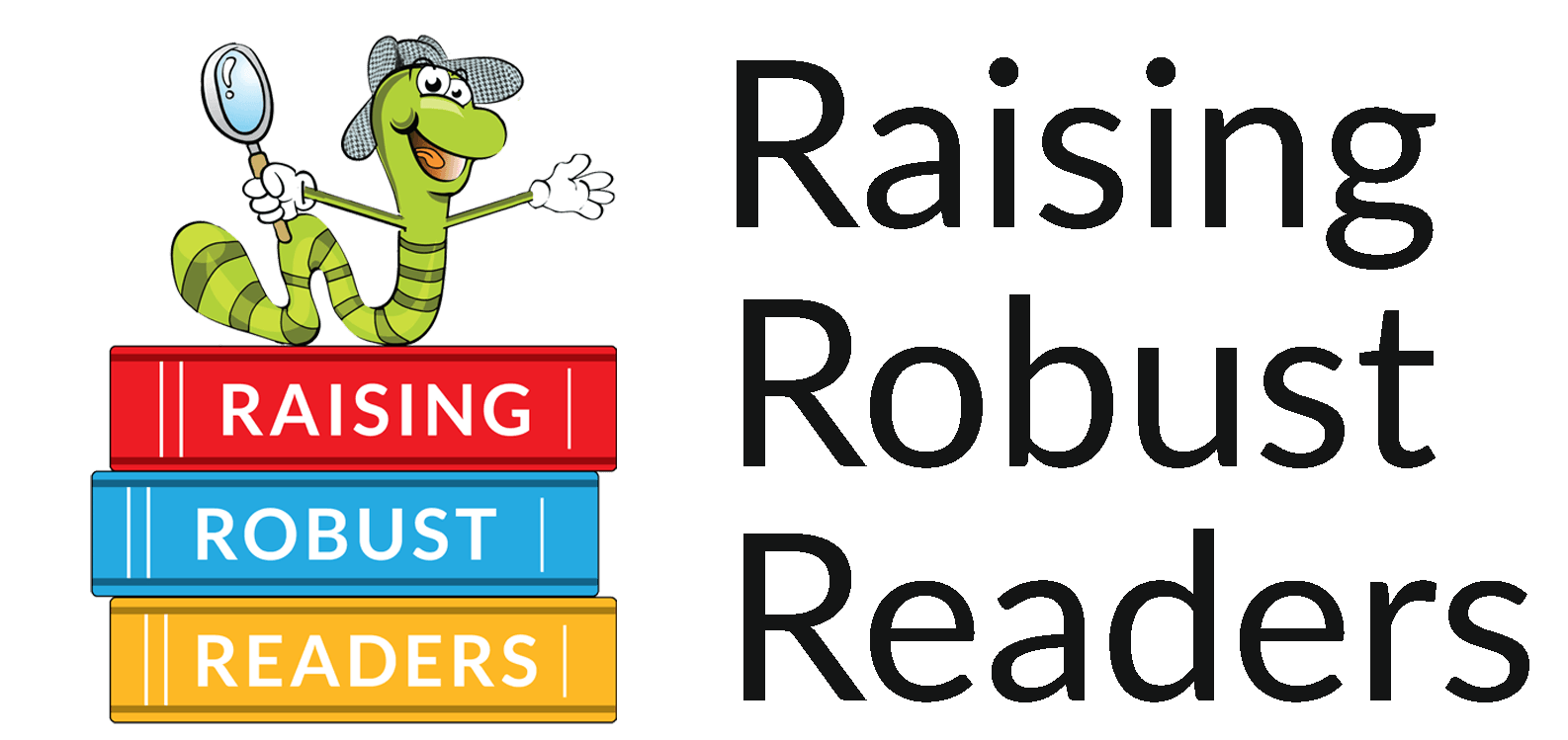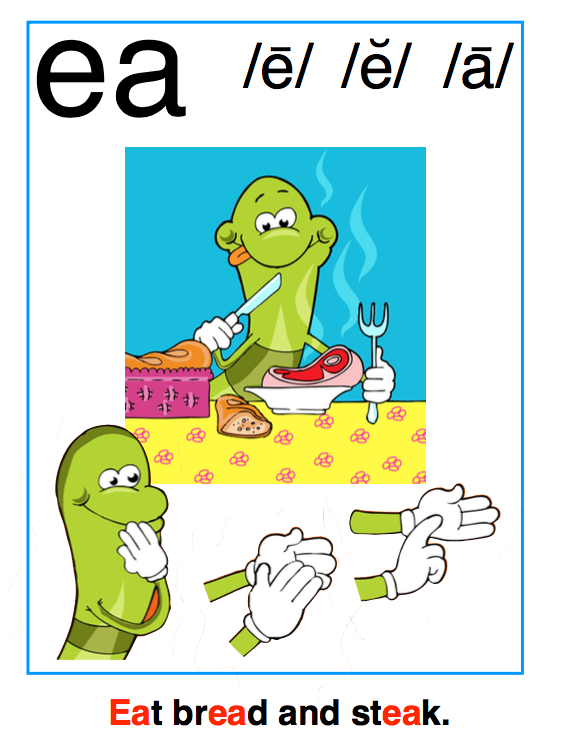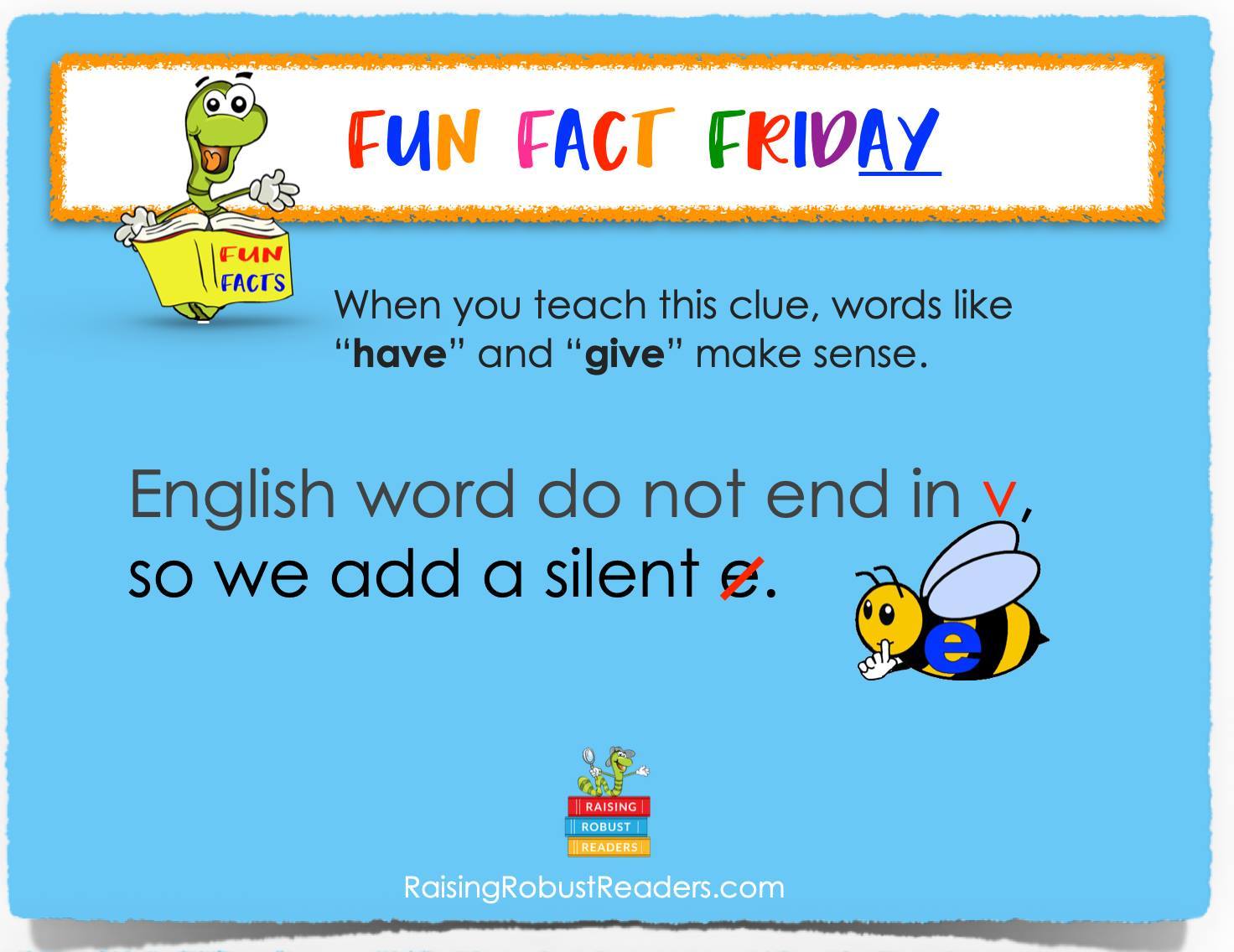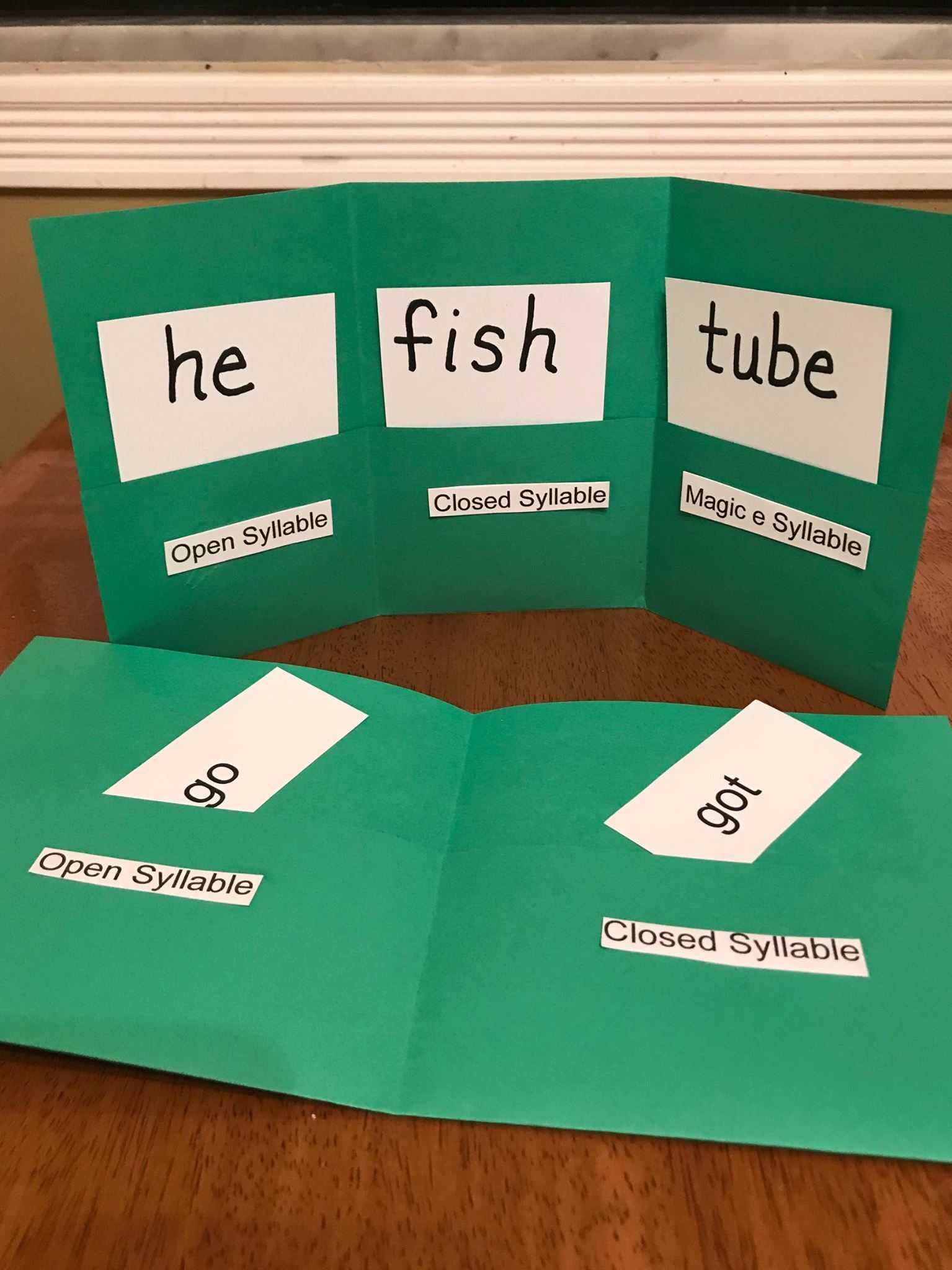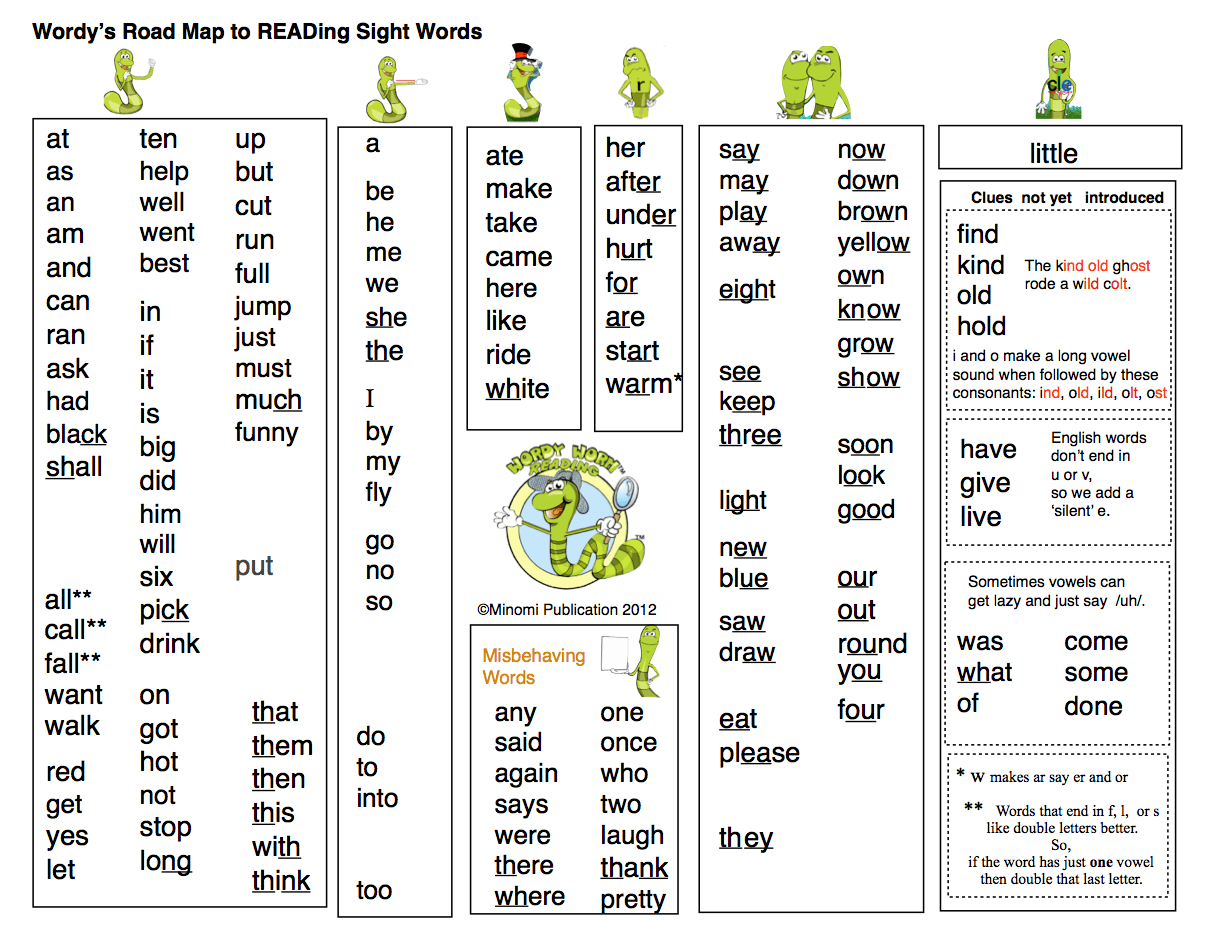When I first became familiar with Raising Robust Readers, I was drawn to the multi-sensory approach of teaching phonograms. Children learn songs and gestures, providing the auditory and kinesthetic modalities.
The brightly colored illustrations featuring Wordy himself provide attractive visuals as well. It reminds us that children learn through play, and we need to remember that, even when teaching reading. It simply looks fun to teach. I was hooked on the program based on these elements alone. Little did I realize at the time that this program is so much more!
I knew this would be the program that would help children learn to read. What I didn't know was how much I would learn about the written English language. I think back to the Oprah Winfrey show and how she often talked about life's “ah ha” moments. As I studied the program further and began teaching it, I had several of these “ah ha” enlightening moments. I went through feeling upset or frustrated, thinking, “Why didn't I know this before? How could I have taught for so many years and not known that?” I quickly realized how fortunate I was for being introduced to this program, along with getting to know the creators, Judy and Marilee. This program has sparked my enthusiasm for teaching more than ever. I feel confident in teaching reading the r-igh-t way because now I know.
Without further ado, I want to share a few things that I have learned through the program that made me say “ah ha”.
1. A BUSY BEE SILENT E WORDY CLUE!
English words don't end in v, so we add the silent e! That explains have, give, and live. Now when teaching the word have, I explain hav is a closed syllable which means it will make a short vowel sound. We add the silent e because we have to! We can't let that word end with the v!
2. THE SIGNIFICANT SYLLABLES!
Syllables determine the vowel sound! The rules for each syllable type may not have been new information for me. For example, I have taught that if there is only one vowel at the end of a word, it usually makes a long vowel sound. Take the word “go”, for example. I knew it was a long o sound. Now I know that's because it is an open syllable, and open syllables will make a long vowel sound. Similarly, I knew if there is only one vowel followed by a consonant, it would make a short vowel sound. What I didn't realize was that rule defined what a closed syllable is! Furthermore, there are only six syllable types that we need to know. We read syllables. Syllables make up words. Understanding syllables, more than just clapping beats in words, was HUGE for me and has changed the way I teach reading. (possibly a link to audio or video of six silly syllables or picture from Fun-O-Guide with open/closed syllable clues)
3. SIGHT WORDS!
The final “ah ha” moment I am going to share with you is about sight words. There are very few words that don't follow the rules and need to be memorized. I was shocked at how many of these high-frequency words children can learn to READ instead of memorizing! This program shows you how and lists sight words by syllable type. Multi-letter phonograms found in these words are marked as well. English IS logical, and most sight words can be taught effectively with an understanding of the English code. For more information on teaching children to READ sight words, follow this link.
Well, now I know (and I am better for it)! As you dig deeper into this program, you just may learn something new yourself! What were some of your “ah ha” moments?
